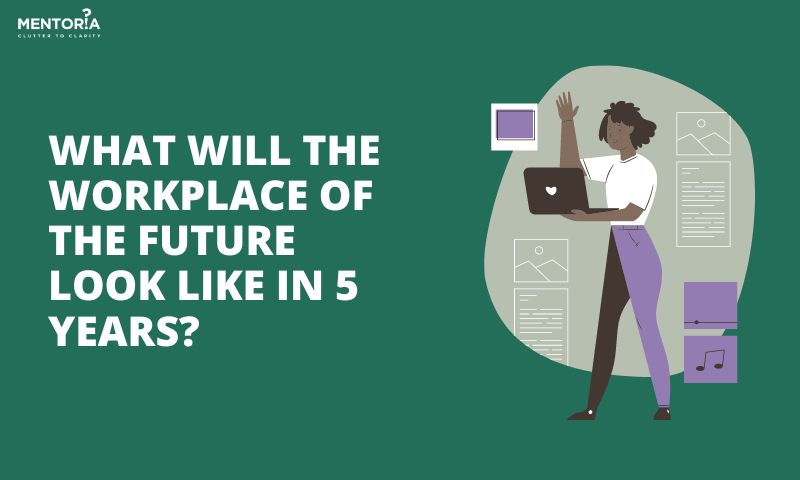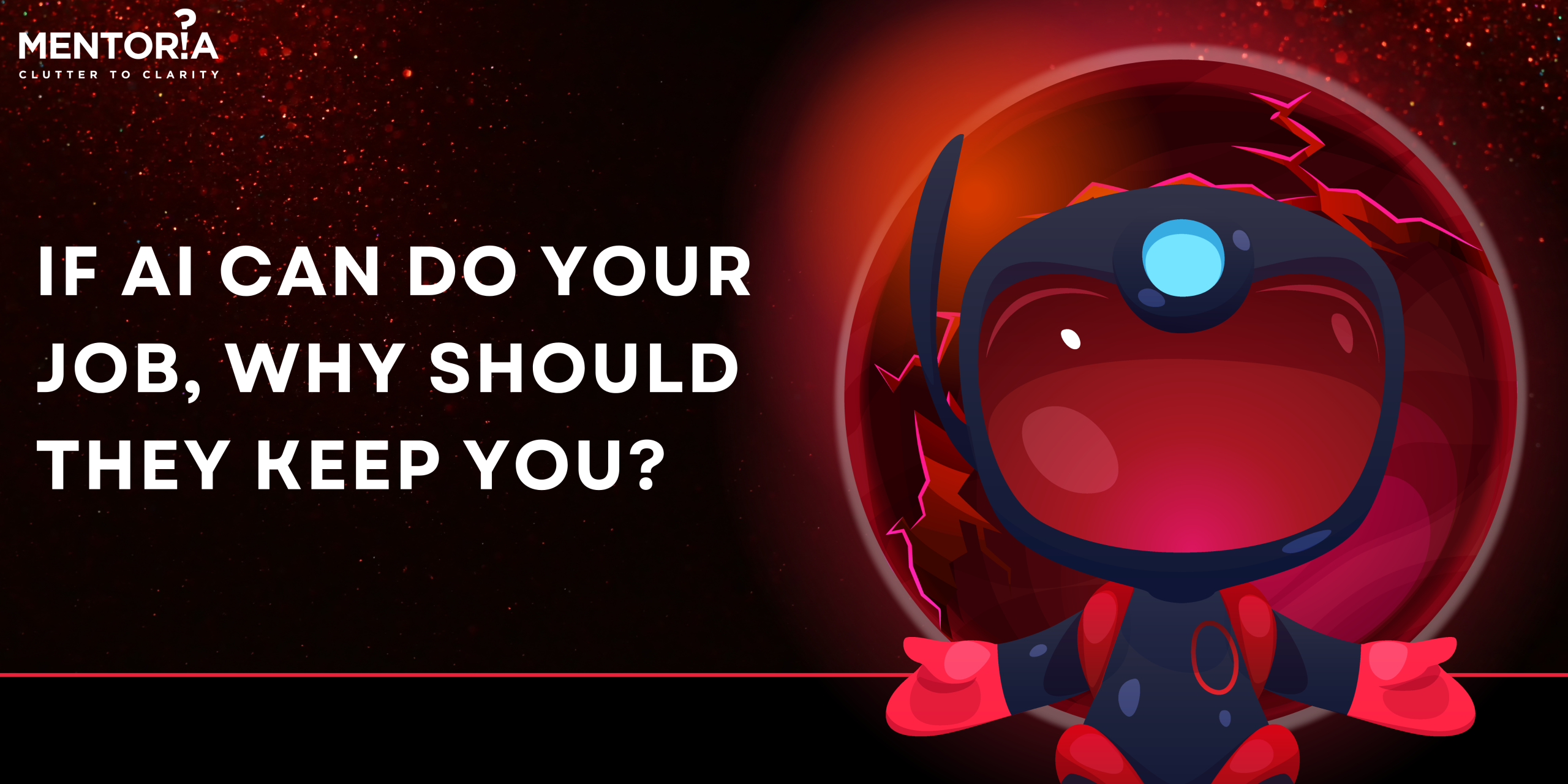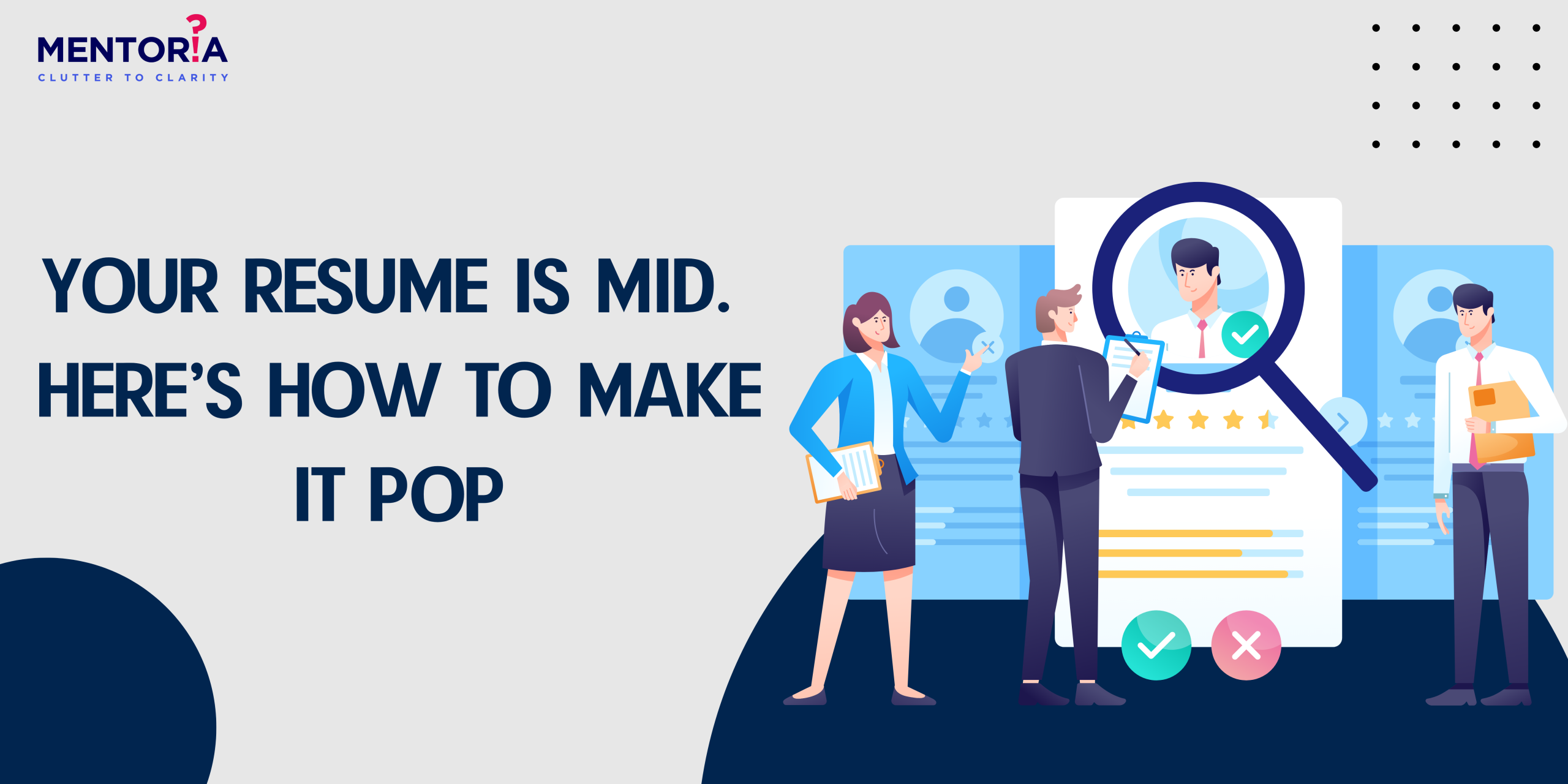What Will The Workplace Of The Future Look Like In 5 Years?

Jump to Section
Have you ever wondered what the future workplace looks like? Will it be a space where robots and humans work side by side, or will remote work become the norm? If you’ve thought about these questions, you’re heading in the right direction to grasp the changes in work environments.
In the next five years, the workplace is poised to undergo significant changes, driven by technological advancements, shifting demographics, and evolving work cultures. In this article, we will delve into what the future workplace might look like and how these changes could impact employees and organisations alike.
Lessons From The Pandemic: Creating The Future Of Work
- There’s no more room for excuses: Before the pandemic, individuals with disabilities in the United States faced an unemployment rate that was 2.5 times higher than the national average. Unfortunately, some employers were not willing to invest in creating an inclusive work environment. However, with the rise of remote work, there is a great opportunity to tap into a wider range of talents and foster a more diverse workforce.
- Great leaders will stand out even more: To evaluate performance, we should prioritise outcomes, efficiency, and extra value brought to the table. This gives leaders a genuine opportunity to excel and foster skill development within their team. Those who can communicate effectively, provide clear guidance, and guide their teams toward achieving goals will flourish in the future work environment.
- Engaging through technology: When managing big teams, it can be challenging to communicate effectively with each member. Leveraging technology for connections allows leaders to reach out and offer assistance to those in need. While virtual settings may pose obstacles to engagement, proactive leaders can help teams become more closely connected than before.
- Inclusiveness strategies need to be addressed: The increased levels of flexibility are expected to result in enhanced inclusivity, which is fantastic. However, it is important to remember that while remote work can enable team diversification in specific domains, there will be individuals who may face adverse effects. For instance, individuals with hearing or vision impairments might encounter challenges in using laptops or participating in virtual conference calls. Business leaders must address this concern and implement necessary adaptations to ensure accessibility for everyone, regardless of the working environment.
What Will Workplaces Look Like In The Future?
With the start of the new decade, a shift towards a fresh work model began. The COVID-19 pandemic has hastened certain ongoing changes, such as the adoption of remote work in companies. It has also proven that certain business decisions, initially seen as risky, can lead to success when put into action.
In simpler terms, the global health crisis pushed organisations to let go of their doubts and reconsider their methods and business models. In fact, in India, teleworking saw a significant growth of 74.2% in the first year of the pandemic. By March 2021, around 2.86 million people were engaged in this form of work. This forced experimentation has yielded many positive outcomes.
However, this was just the beginning of a new era in work dynamics. We are currently at a crucial turning point, where we have the opportunity to define the imminent changes that will shape our work environments. That’s why we have identified six key aspects that will likely influence the future of workplaces.
Hybrid And Adaptive Workspaces
The advancement of technology and the widespread use of the Internet have diminished the importance of physical presence in society. Nowadays, it is possible to work remotely or from distant locations, thanks to the elimination of geographical barriers. As a result, we are witnessing the rise of hybrid work models that combine both in-person and remote work.
This shift towards hybrid models brings numerous benefits. Employees can now enjoy a better work-life balance, as they can plan their schedules around their commitments. Additionally, companies can cut down on expenses by reducing their reliance on office spaces, while also experiencing improved productivity. Moreover, this transition is also beneficial for the environment, as it eases traffic congestion in cities and reduces pollution levels.
High Presence Of Technology
The workplace is undergoing a remarkable transformation with the advent of the Internet of Things (IoT). Companies are wholeheartedly embracing digital advancements to boost productivity and bring a modern touch to their operations. This not only results in increased employee comfort and heightened security measures but also paves the way for more efficient work tools. As we move forward, we can anticipate witnessing work environments that boast cutting-edge computers, state-of-the-art applications, self-operating machinery, and ultimately, offices that are smarter than ever before.
Better Communication Channels
Technological progress is significantly contributing to the dispersal of workspaces, facilitating the creation of innovative online communication tools. These tools, such as Slack, Microsoft Teams, and Zoom, boost collaboration, streamline cloud-based work, and facilitate video conferences. Consequently, the sharing of data and information in modern work settings will not just stay the same but will get better.
New Ways Of Approaching Work
In the future, the way we work will be different. People will need to change how they think and adapt to new ways of working. Some jobs will no longer exist, while new ones will be created. This shift is driven by new technologies that are changing our lives and how we work.
One big change is Artificial Intelligence (AI). AI can do simple tasks, so people will need to learn new skills like data analysis. For example, AI can help in customer service by answering basic questions, so human workers can focus on more complicated issues.
There are also new ways of working, like co-working spaces and job sharing. Co-working spaces are shared offices where people from different companies can work together. This is different from traditional offices where everyone works for the same company. Job sharing is when two or more people share one full-time job. They split the work and the pay. This can help people have a better balance between work and life.
In the future, being able to adapt to these changes and learn new things will be very important for everyone who works.
Environments Based On The ‘Metaverse’
It might appear as the most far-off thing right now, but it’s bound to catch on as a trend sooner or later. Virtual Reality (VR) and Augmented Reality (AR) provide a wide range of opportunities for the future of work, mainly because they aim to replicate the real world in digital environments.
For instance, Facebook is pouring significant funds into its ‘Metaverse’ idea. A prime illustration of this is its ‘Workrooms’ app for its VR platform, which specifically aims to establish fresh meetings and workspaces.
Some Traditional Workplaces Will Remain
Not every profession and company can transition entirely to remote work or digital platforms. Some of them, due to their nature, will still require face-to-face interactions and maintain their traditional aspects. For instance Some traditional workplaces, like government offices, hospitals, and manufacturing plants, are likely to remain. These places require in-person presence for certain tasks that cannot be easily done remotely. For example, doctors and nurses need to be physically present to treat patients in hospitals. Similarly, manufacturing plants require workers to operate machinery and oversee production processes. Government offices often deal with sensitive information that requires secure handling and may involve interactions that are best done in person.
Modern Workplace Innovations
The future of the workplace is rapidly evolving, with many companies adopting new practices and technologies to create more efficient, flexible, and engaging work environments. Several companies have already advanced their workplace scenarios, setting examples for others to follow.
- One such company is Google, known for its innovative approach to workplace culture. Google has introduced open office layouts, flexible work hours, and a variety of on-site amenities, such as gyms and cafes, to promote collaboration and employee well-being. They also use advanced technologies like artificial intelligence (AI) and virtual reality (VR) to enhance productivity and creativity.
- Another example is Amazon, which has embraced remote work and virtual collaboration tools, allowing employees to work from anywhere in the world. They have also invested in automation and robotics to streamline operations and improve efficiency in their warehouses and fulfilment centres.
- Microsoft is another company that has transformed its workplace with the introduction of Microsoft Teams, a collaborative platform that integrates chat, video conferencing, and file sharing. This has enabled employees to work together seamlessly, regardless of their location.
Many companies have switched from traditional workplaces to modern ones to stay competitive and attract top talent. They have realised that modern workplaces can lead to increased productivity, employee satisfaction, and innovation. By adopting practices like remote work, flexible schedules, and advanced technologies, these companies are shaping the future of work for the better.
Technologies That Are Transforming The World Of Work
- Artificial intelligence And Machine Learning: AI and ML are essential for automating processes. Machines can execute human tasks with precision, and speed, and without getting tired. It’s crucial to understand how to handle and programme these machines to enable them to learn new tasks independently.
- Internet Of Things: We need to embrace the Internet of Things at work. This technology links objects to the Internet and one another, enabling features like smart furniture, climate control, and high-tech security systems. By utilising these systems, businesses can streamline operations, cut expenses, and pinpoint areas for expansion.
- Augmented Reality And Virtual Reality: Technology has allowed us to blend the digital and physical worlds, creating sensory experiences that push the boundaries of reality. Augmented reality enhances what we see through a camera, while virtual reality completely immerses us in a digital world by blocking out external sights and sounds with special glasses and headsets.
- Blockchain: Blockchain is a clever system that securely records information, making it nearly impossible to alter, breach, or manipulate. It acts as a digital database, storing information electronically.
- 5G Technology: 5G is the next generation of wireless technology, promising faster speeds and less delay. This means we can communicate and work together in real-time, making remote work easier and more effective.
- Robotic Process Automation (RPA): RPA uses software robots to do repetitive tasks, like entering data. It helps us work faster and more accurately, and lets us focus on more important things.
- Edge Computing: Edge computing means doing computing tasks closer to where the data is created, which makes things faster and more efficient. It’s really helpful for things like smart devices that need to respond quickly.
- Cybersecurity: Cybersecurity is all about keeping your digital stuff safe. With more and more technology being used, it’s really important to have strong security to protect your data and devices from hackers.
- Cloud Computing: Cloud computing is like renting a computer over the internet. It lets businesses use storage space and processing power without having to own the physical equipment. This makes it easier to grow or shrink as needed, and it’s often cheaper than buying and maintaining your own hardware.
- Biometric Authentication: Biometric authentication is a cool way to verify your identity using stuff like your fingerprint or your face. It’s good because these features are unique to you, making it super tough for anyone else to try and impersonate you.
Tools And Strategies For Modern Work: Staying Ahead In A Dynamic Environment
Tools And Resources To Stay Up To Date In The World Of Work
To keep up with the jobs of the future, it’s crucial to constantly update our skills. Companies are always updating the skills they require, so we need to stay on top of it. This means turning learning into a regular habit This can be done through various means such as online courses, workshops, seminars, and networking events. Also seeking feedback from mentors or supervisors can help identify areas for improvement and learning opportunities. Additionally, we should utilise various digital tools and resources to effectively manage our work. This includes organisation tools, online communication platforms, project management software, file storage options, and password management tools. By doing so, we can stay organised and efficient in our professional lives.
Embracing Sustainability
In today’s business world, being sustainable and socially responsible is extremely important. Companies are recognising the need to use resources wisely and reduce their impact on the environment.
For instance, many companies are now following the circular economy model. This means they try to waste as little as possible by reusing, sharing, fixing, and recycling things. This not only helps the environment but also creates new ways for businesses to grow and come up with new ideas.
Companies are also finding ways to use energy more efficiently through technology and practices that conserve energy. This not only saves them money but also helps in the fight against climate change by lowering their greenhouse gas emissions.
Technology is also helping companies become more sustainable. For instance, companies are using data analytics and artificial intelligence to manage resources more effectively, streamline supply chains, and reduce waste.
By prioritising sustainability and social responsibility, companies can contribute to a brighter future for all. This approach can also enhance their competitiveness and improve their reputation among stakeholders.
Adapting To The Digital Age: How Companies Are Embracing Automation And Learning
In today’s digital era, businesses are undergoing a major transformation called digitalisation. This involves using technology to enhance their operations and remain competitive. A crucial part of this shift is automation, which involves using machines and software to handle repetitive tasks. This allows employees to concentrate on more critical tasks.
For example, imagine a company that receives a lot of customer inquiries every day. Instead of having employees answer each question manually, the company can use a chatbot, a type of computer programme powered by artificial intelligence, to answer common questions automatically. This not only saves time but also provides customers with quick and accurate responses.
Another example is using data analytics to make better business decisions. Let’s say a company wants to improve its sales strategy. By analysing data from past sales, they can identify trends and patterns that can help them predict future sales and tailor their strategy accordingly.
To keep pace with these changes, companies are dedicating resources to training programmes aimed at familiarising employees with new technologies. This is vital because the skills that are prized today may not hold the same value in the future. For instance, a few years back, social media marketing was a niche skill, but today, it’s a pivotal strategy for customer engagement.
Overall, digitisation is transforming the way businesses operate, and companies that embrace automation and continuous learning are better positioned to succeed in the digital age.
Redefining The Future Workplace
The future of work is set to be a mix of remote and in-person arrangements, influenced by technology and changing work models. To succeed in this changing landscape, both individuals and organisations need to embrace flexibility, adaptability, and continuous learning. It will be essential to develop skills like digital literacy, emotional intelligence, and problem-solving to navigate the upcoming changes. By being open to new work methods and actively improving these skills, we can effectively prepare for the future of work.
Whether you want to move up in your career, find flexible work options, or juggle work and life better, Mentoria is here to help. We’re your partner in reaching your career and personal goals.
You don’t have to figure it all out on your own. Let Mentoria support you as you work towards success in your career and a balanced life. Together, we’ll help working professionals achieve their goals and maintain a fulfilling life.












